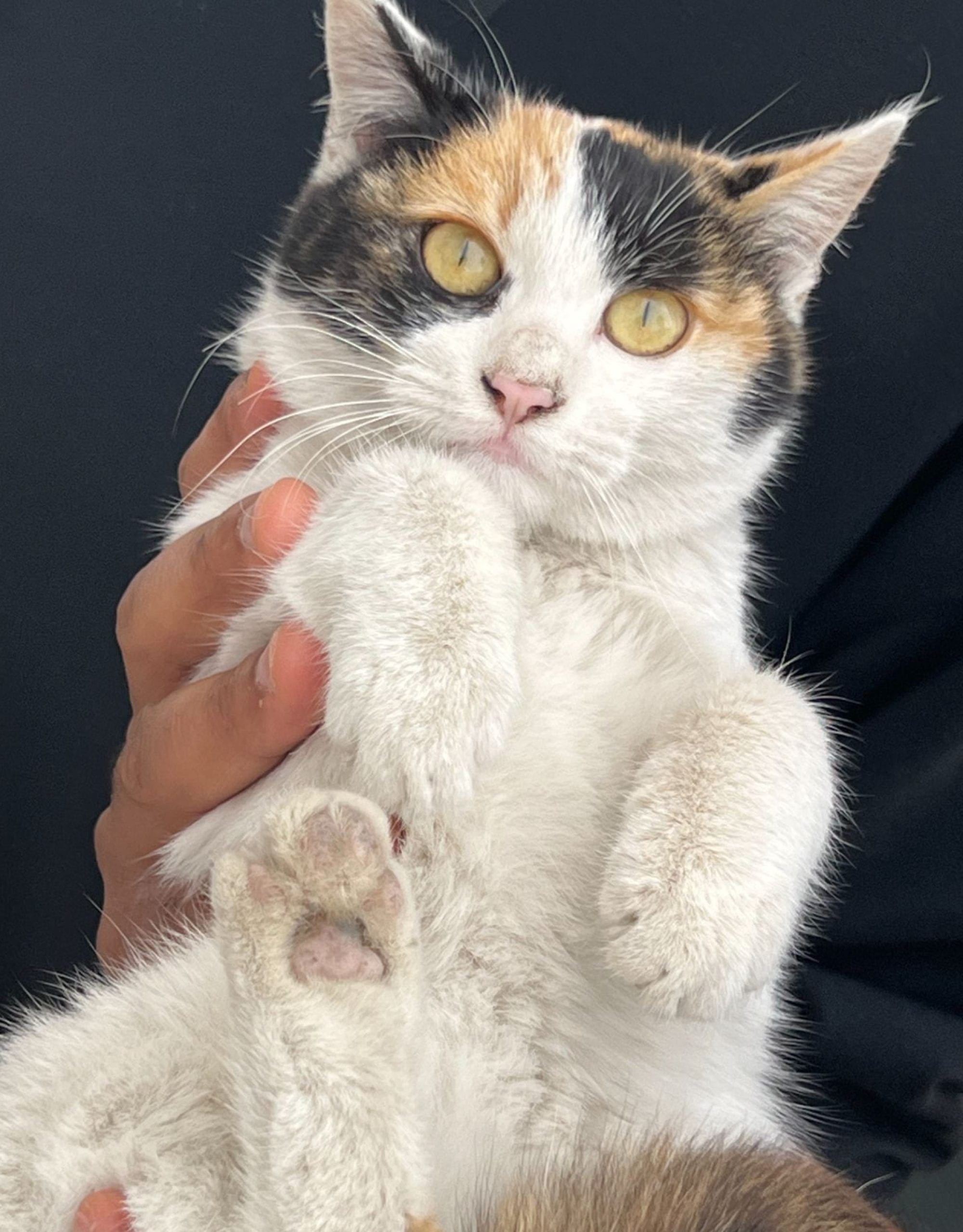When comparing the reflection photos of Lee Friedlander and Naoya Hatakeyama, distinct approaches and interpretations become evident. Friedlander’s reflection photos are often characterized by a sense of visual chaos and a playful engagement with the urban environment. He frequently captures reflections in windows, mirrors, and other reflective surfaces within bustling cityscapes, creating layered and complex compositions. Hatakeyama’s reflection photos tend to be more subdued and meditative. He often uses reflections in natural settings or in the context of more minimalist urban environments. His reflections might be found in still water, glass facades of buildings in quiet settings, or other reflective surfaces that evoke a sense of calm. The reflections in his work are used to explore themes of memory, transience, and the relationship between the natural and the man-made.

Lee Friedlander
The main reflection in the photo is from the car’s side – view mirror. It reflects part of the urban street scene, including the road and possibly some of the vehicles or infrastructure behind the car. This mirror reflection adds a layer of complexity to the image. This not only enriches the visual content but also plays with the viewer’s perception of space and depth. The reflection in the mirror contrasts with the main scene outside the car. The main view shows a striking urban landscape with a replica of the Statue of Liberty and tall skyscrapers. The mirror reflection, on the other hand, focuses on the more mundane elements of the street, such as the road and what might be passing traffic.

Naoya Hatakeyama
